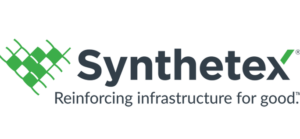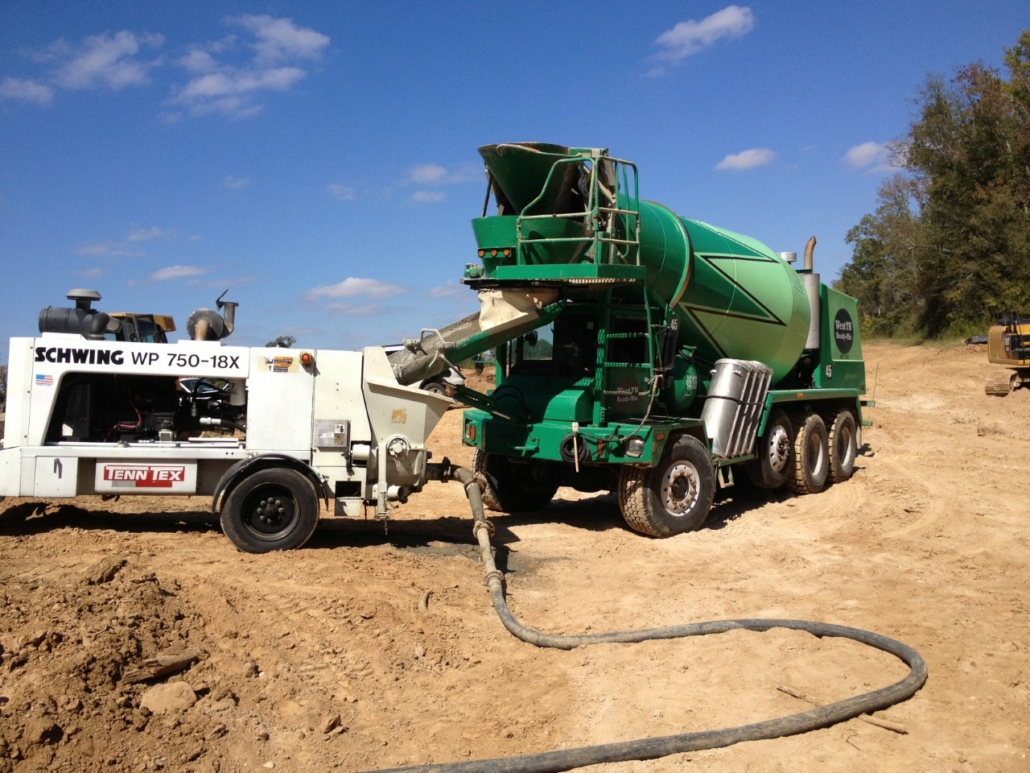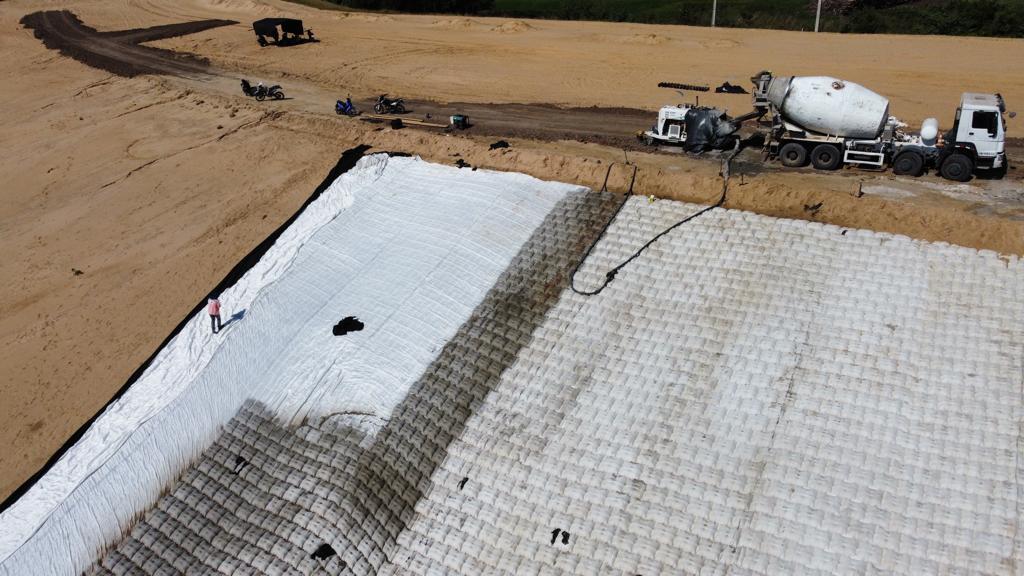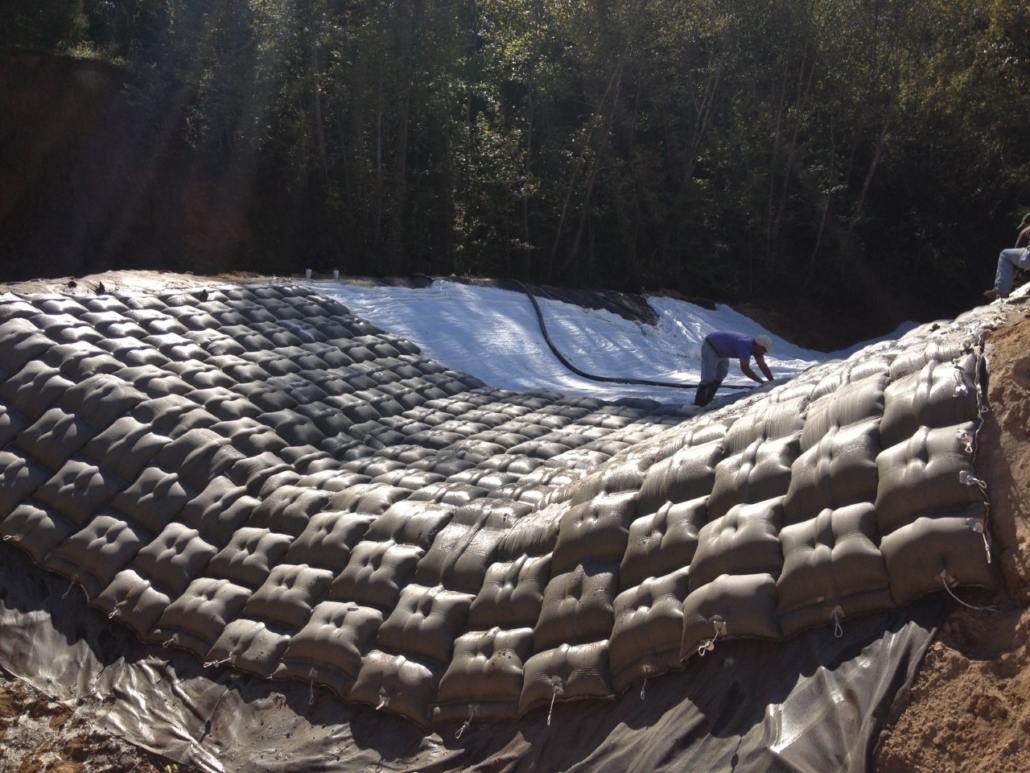Precast Articulating Concrete Blocks vs. Synthetex’s Articulated Block System
When you’re looking for an alternative to, say, traditional rip rap or gabions for erosion control, scour protection, or shoreline stabilization, you may find yourself considering precast articulating concrete blocks (aka ACBs). We’re here to explain how superior our fabriform HYDROTEX Articulating Block Mats are to such precast products.
HYDROTEX Articulating Block Mats vs. Precast Cellular Concrete Blocks
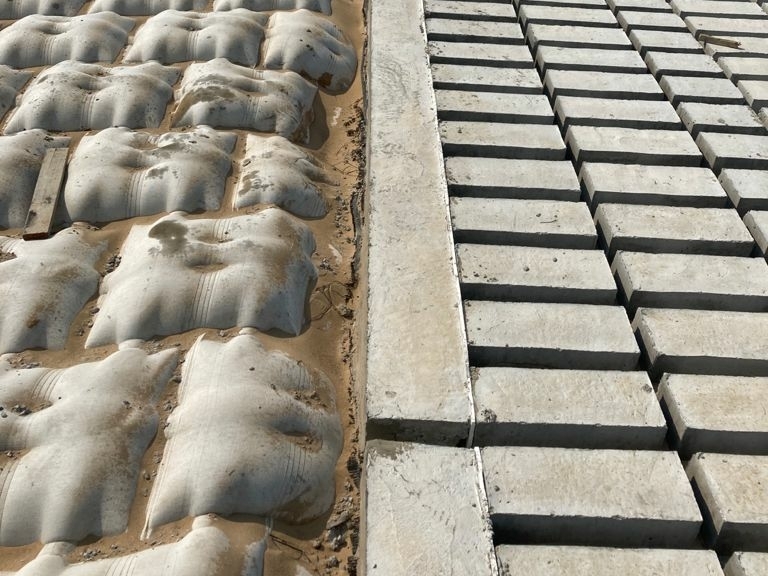
The Different Designs of Articulating Concrete Blocks vs. HYDROTEX Articulating Block Mats
ACBs consist of precast cellular concrete blocks bound together by revetment cables in a flexible mat. By contrast, Synthetex’s HYDROTEX Articulating Block Mats are geotextile, cable-reinforced fabric formworks that are pumped with fine aggregate concrete in situ, after being installed as an unfilled mattress.
Advantages of Synthetex’s HYDROTEX Articulating Block Mats vs. Conventional Precast Articulating Concrete Blocks
Among the chief virtues of our HYDROTEX Articulating Block Mats as compared with precast ACBs is their ease of transport and installation, with corresponding cost savings when it comes to freight, labor and equipment (no cranes or large trackhoes).
Transport & Installation Comparisons
There are only so many precast concrete block plants, which means ACBs are typically conveyed across long distances. The lengths of these precast mats are constrained by the length of the flatbed trailers that haul them, which usually shakes out to 8-ft wide x 40-foot long limits. A single flatbed trailer can usually transport about 1,300 square feet of precast block mats. This means that multiple flatbeds are generally required to transport the required amount of precast ACBs to the jobsite—and again, those multiple flatbeds are often traveling many miles. That adds up when it comes not only to freight costs, but also pollution, traffic loads, and public driving safety.
Given HYDROTEX fabriform mats are delivered unfilled and rolled up, they’re much more space-efficient than their precast counterparts. They’re usually shipped in a single load with up to 200,000 square feet hauled by one truck. Needless to say, that’s a significant cost-savings, and a smaller environmental and safety footprint, to boot.
For the same reason, our HYDROTEX Articulating Block Mats are also much easier to install than precast ACBs. Besides the multiple trucks and trailers needed to deliver them, those precast mats require heavy equipment such as cranes or trackhoes to lift, place, and otherwise maneuver them. Compare that to the single small, trailer-mounted grout pump used to install Synthetex’s Articulating Block Mats.
And it’s not only the fact that our HYDROTEX concrete block mattresses need less machinery and less manpower to set up; The flatbed trailers, cranes, and other equipment associated with the delivery and installation of precast ACBs may prove at the very least challenging, and possibly unfeasible, for particular projects with clearance issues, underwater installations, and general square-footage constraints.
Customizability, Efficiency, and Performance
Because our HYDROTEX fabric formworks are laid on or around embankments, channel slopes, dam slopes and spillways, offshore oil & gas drilling platforms, and other structures before being pumped with concrete, they can tightly conform to the subgrade. This means intimate contact and fit, in many cases, than what precast concrete block mattresses can deliver.
They can also be manufactured exactly to width and length requirements. Precast mats come in set 8-foot widths—and, as we’ve already mentioned, often maximum 40-foot lengths. To perform effectively, they also require precise grading of the site’s subgrade, given subgrade undulations may hamper the fitting-together of the precast mats. They may also bridge subgrade changes, while HYDROTEX fabric formworks hug the subgrade closely, flexing with shifts that occur during installation.
A leading authority on revetment design, K.W. Pilarczyk, has pointed to a significant weak point when it comes to precast block systems: namely, the connection between adjacent mats. With precast articulating blocks, for example, interface seams at every eight feet (corresponding to the widths of the mat) are marked by half-blocks forming butt-joints. These half-blocks are—surprise, surprise—half as stable as the full blocks. The design of ACBs also means there is at least a foot of slack in the transverse cables between each mat. The half-blocks and cable slack between mats add significant instability to this setup.
On top of all this, fabric-formed concrete as compared to precast or dry-cast concrete blocks offers outstanding tensile and compressive strength, greater durability due to a superior water-cement ratio and better resistance to sulfate exposure, and a case-hardened lining thanks to water loss through the fabriforms during the pumping of the concrete.
Choose HYDROTEX Articulating Block Mats Over Precast Articulating Concrete Blocks
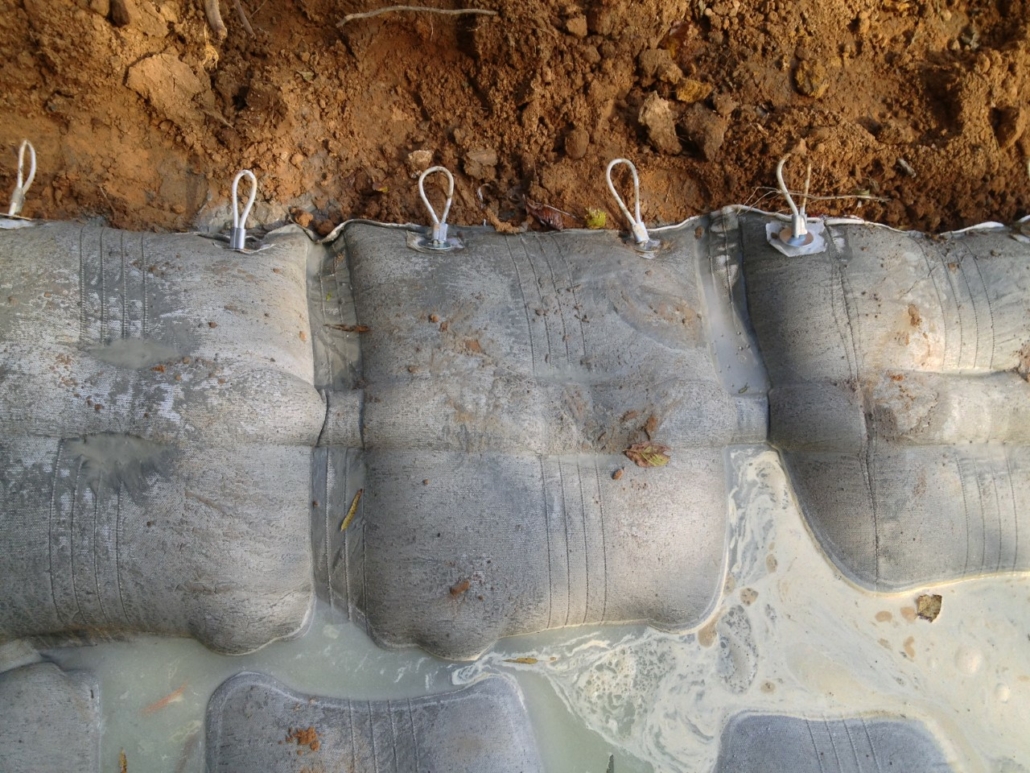
With all of its advantages, our HYDROTEX Articulating Block Mat technology also comes with full engineering-support and consulting services and all-around assistance of the Synthetex team, here to help advise engineers and contractors and provide in-the-field technical support to make sure these fabriform mattresses are properly installed for maximum performance and minimal maintenance in the long-term.
For a project estimate, drop the Synthetex team a line at 1-800-253-0561 or 770-399-5051.
